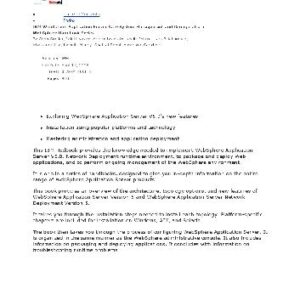The trend in design and manufacturing of very large-scale integrated (VLSI) circuits is towards smaller devices on increasing wafer dimensions. VLSI is the inter-disciplinary science of the process of creating an integrated circuit (IC) by combining thousands of transistors into a single chip. VLSI design can reduce the area of the circuit, making it less expensive and requiring less power.??
The book gives an understanding of the underlying principles of the subject. It not only focuses on circuit design process obeying VLSI rules but also on technological aspects of prototyping and fabrication. All the clocking processes, interconnects, and circuits of CMOS are explained in this book in an understandable format. The book provides contents on VLSI Physical Design Automation, Design of VLSI Devices and also its Impact on Physical Design.?
The book is intended as a reference book for senior undergraduate, first-year post graduate students, researchers as well as academicians in VLSI design, electronics & electrical engineering, and materials science. The basics and applications of VLSI design from STA, PDA and VLSI Testing along with FPGA based Prototyping are covered in a comprehensive manner.?
The latest technology used in VLSI design is discussed along with the available tools for FPGA prototyping as well as ASIC design. Each unit contains technical questions with solutions at the end.
Technical topics discussed in the book include:??
? Static Timing Analysis
? CMOS Layout and Design rules
? Physical Design Automation
? Testing of VLSI Circuits
? Software tools for Frontend and Backend design






Reviews
There are no reviews yet.